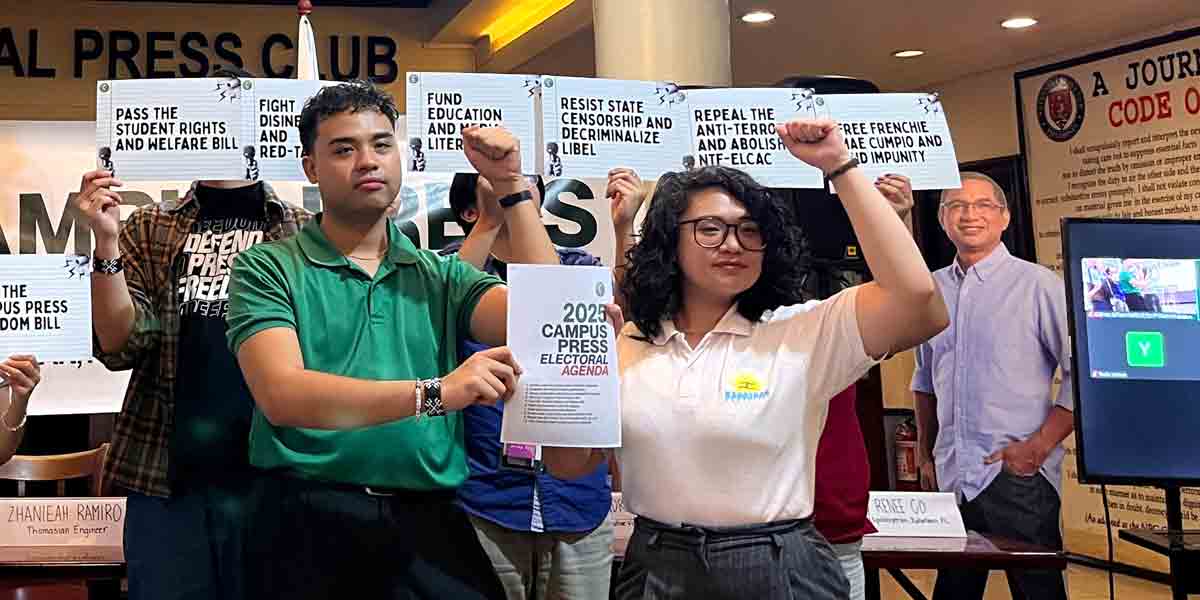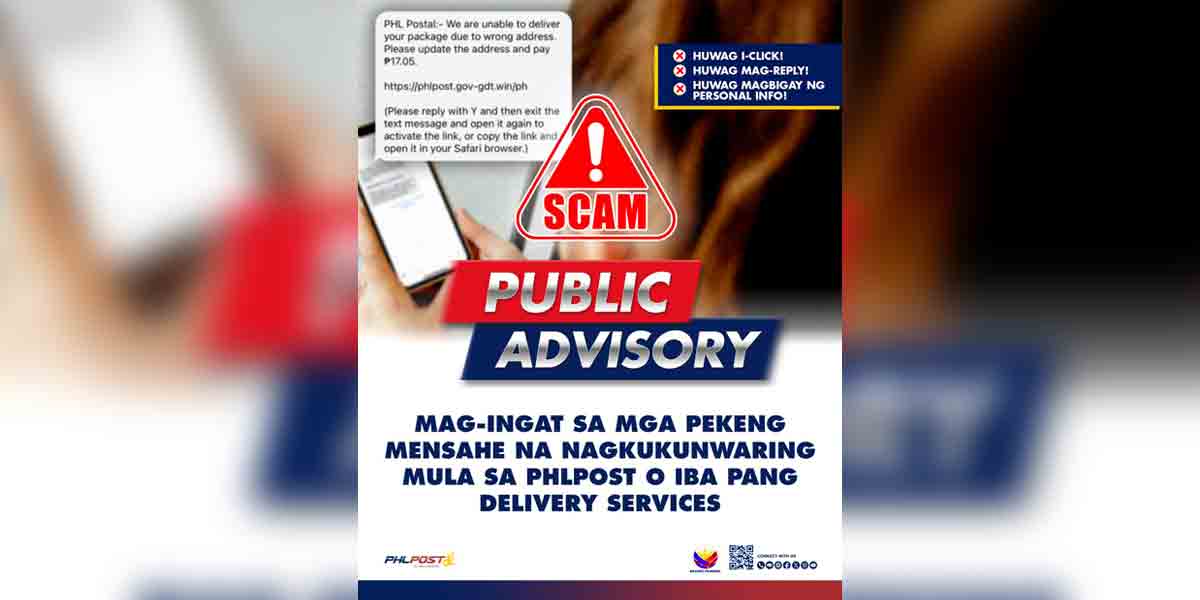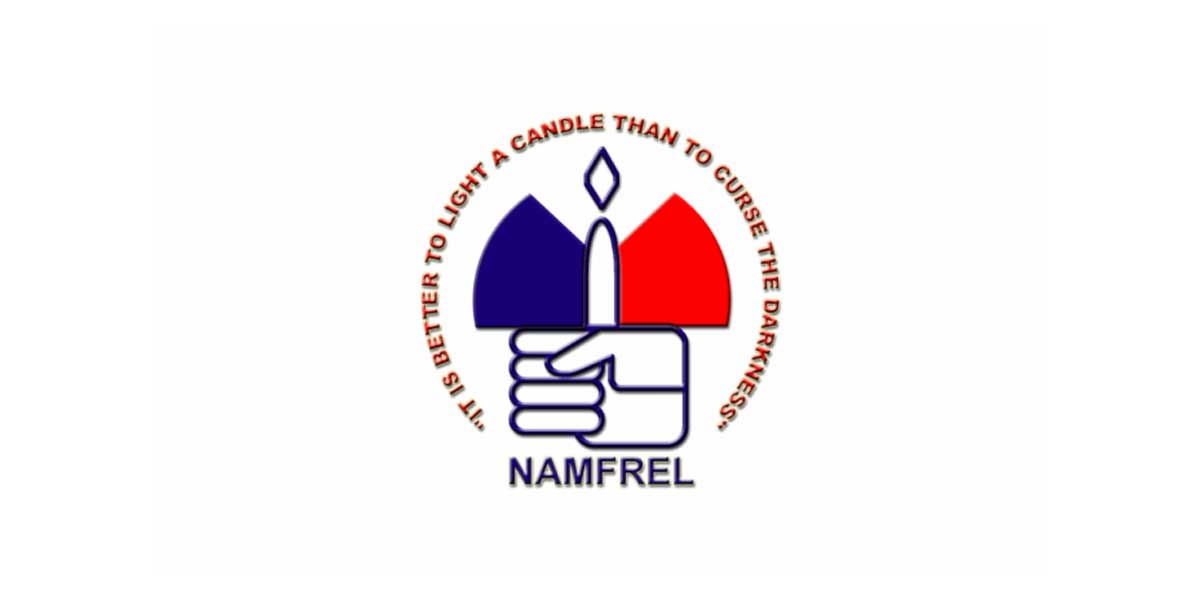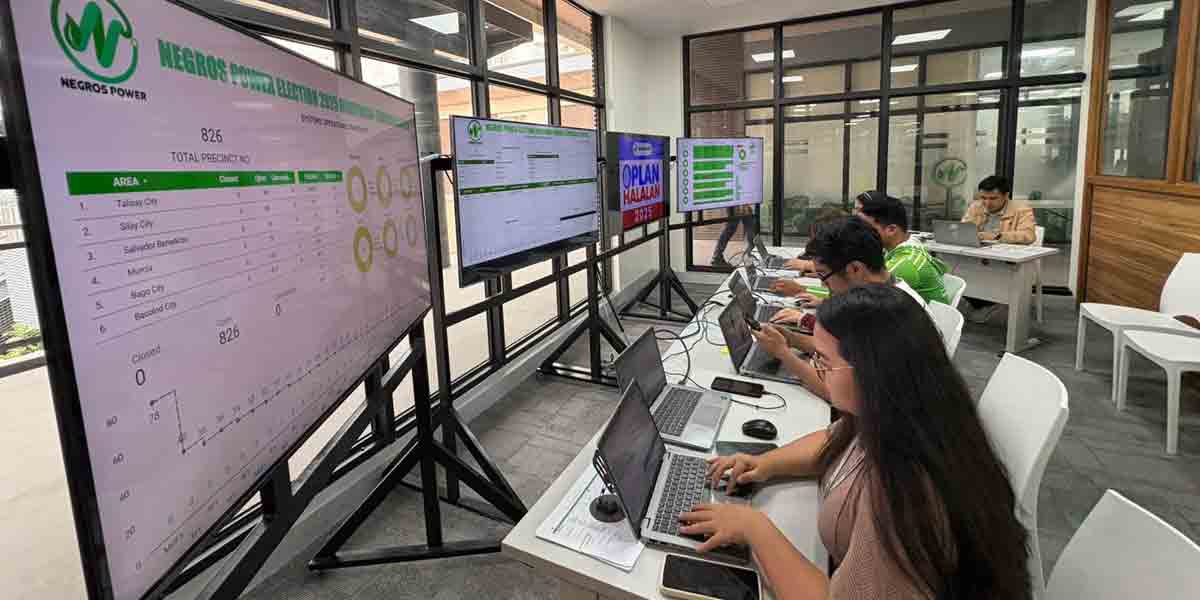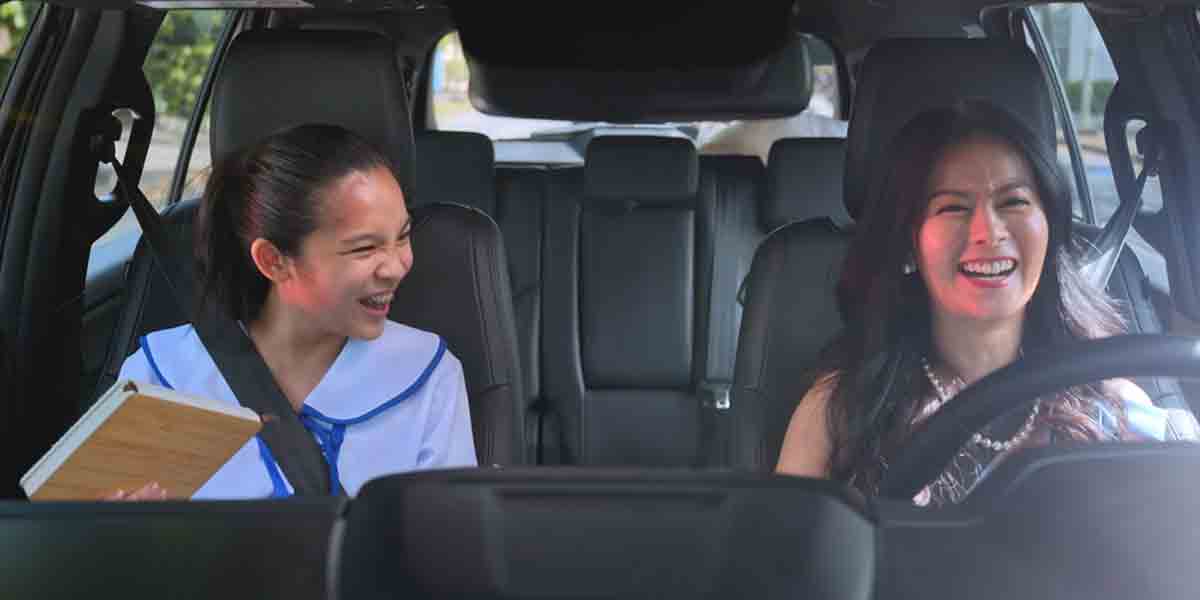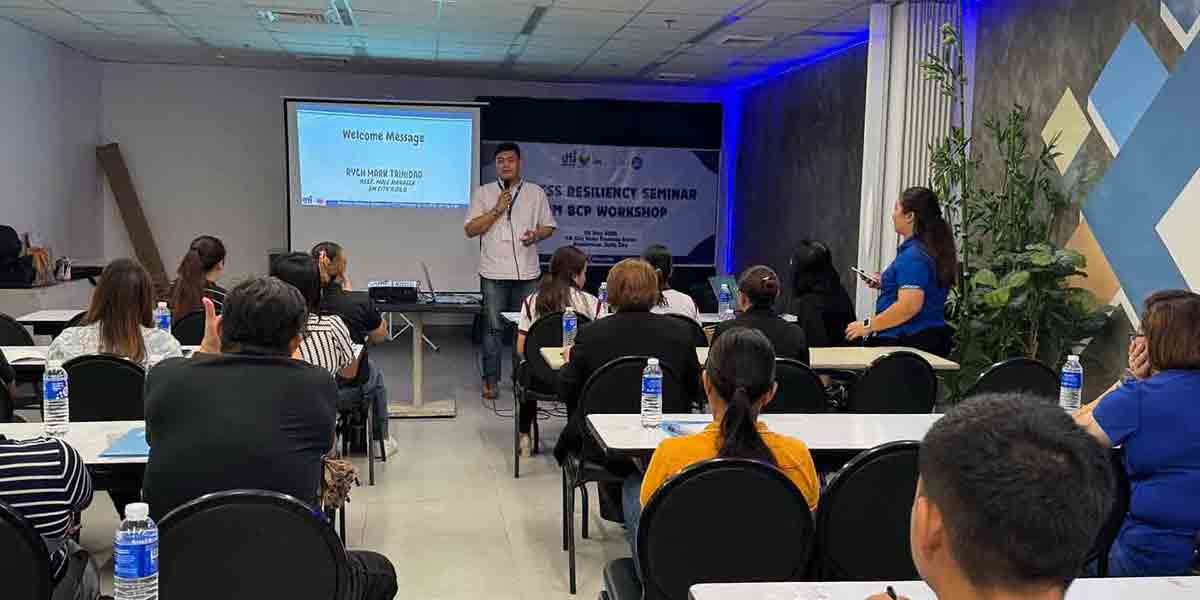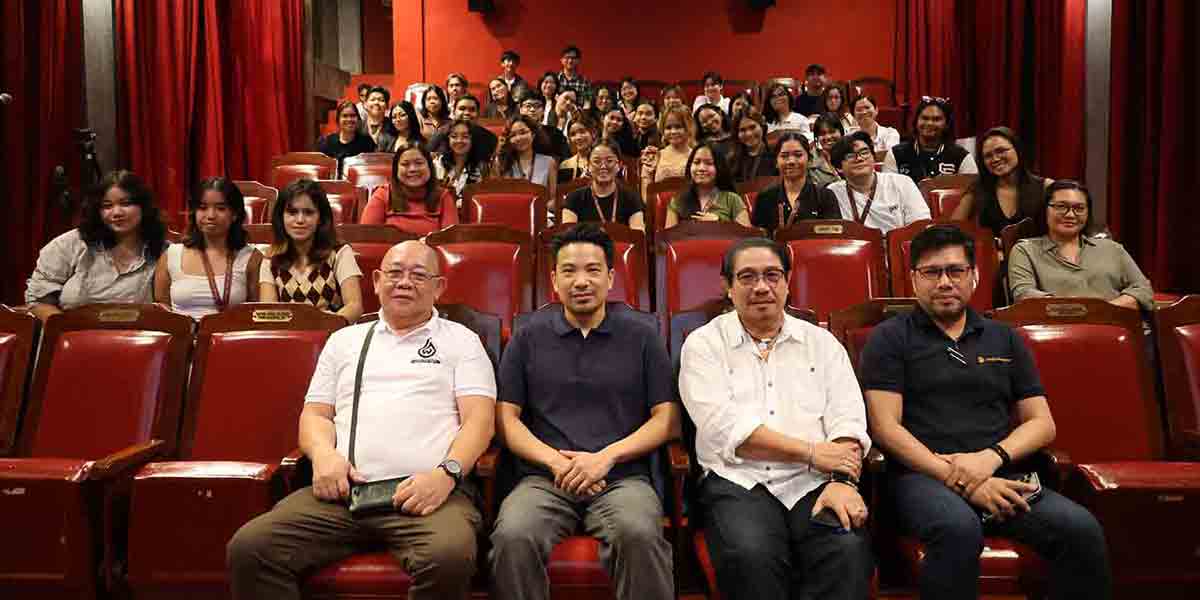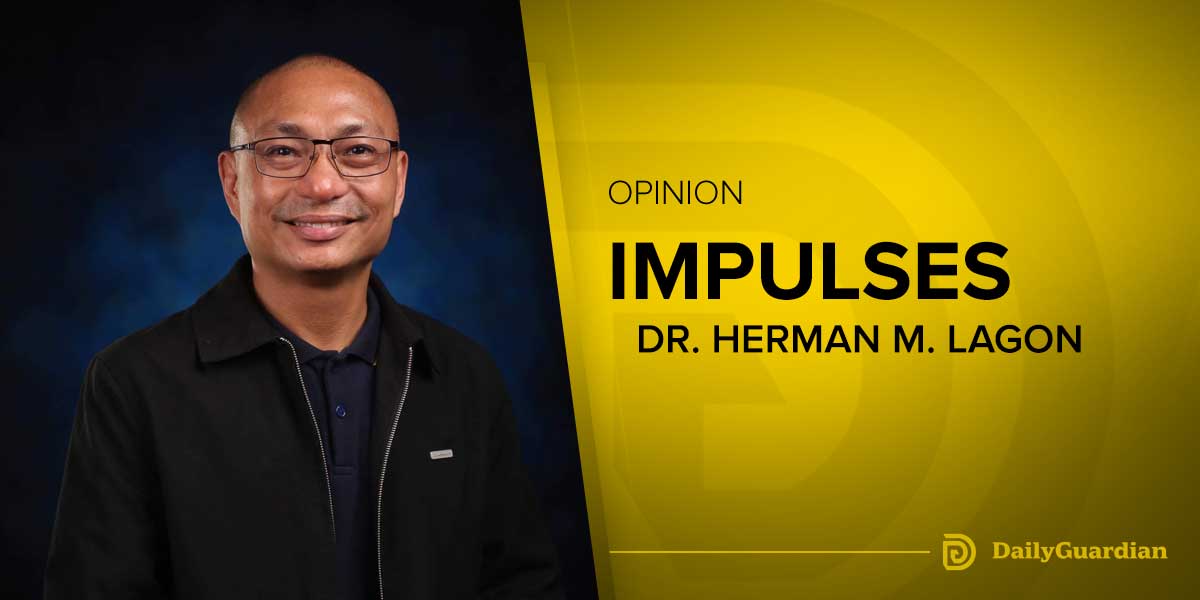By Herman M. Lagon
When SHS work immersion launched in 2017, it was a leap into uncharted territory—students leaving the classroom to face real-world challenges. Daunting yet exhilarating, it promised transformation like never before. I vividly recall my pre-pandemic days at Ateneo de Iloilo, coordinating the deployment of hundreds of students across Iloilo, Cebu, and even Singapore. It was a whirlwind of logistics, emotions, and, above all, fulfillment.
Immersion is a transformative experience beyond the usual curriculum requirement. I remember one student, placed in the Western Visayas Medical Center, came back wide-eyed and humbled. “Akala ko madali lang,” she admitted. “Pero ang daming dapat gawin, Sir.” That revelation, born from hands-on exposure, could not have been achieved within the confines of a classroom.
However, organizing such a program is not for the faint-hearted. It requires juggling MOAs, convincing wary parents, and coordinating with institutions. One helicopter parent once asked, “Hindi ba pwedeng dito na lang sa school?” I always answered: true growth happens outside comfort zones. And then there are the students, a mix of nervousness and overzealousness, requiring constant reminders to strike the balance between enthusiasm and professionalism.
Teacher-facilitators, too, walk a fine line. They guide, discipline, and monitor students, all while staying connected to the institutions hosting them. One eager student once volunteered for overtime at their immersion site in a construction area, unaware it violated DepEd regulations that a parents’ consent would not be enough to justify the blunder. Such incidents, some benign and others precarious, reflect the delicate balancing act required to make the program run smoothly.
And yet, all the effort—the mountain of paperwork, the endless logistical knots—feels justified when reading the students’ reflection papers, outputs, and sharing. Their insights into work, life, and themselves are profound. One noted, “Immersion taught me to value the dignity of labor, people’s time and effort. It’s a mindset no book ever taught me.”
This is why the whispers about in-school, instead of off-campus, immersion for academic tracks like ABM, HUMSS, and STEM are so concerning. Confining students to classroom simulations, lectures, or thought experiments deny them the eye-opening, real-world experiences that build adaptability, teamwork, “pinanilagan,” and character—qualities essential for both their careers and personal growth. I truly hope this rumor is not true because immersion is not just about checking a box; it is about preparing students to thrive, not just survive, in the complexities of life.
At ISUFST where I was once tasked to facilitate immersions of partner SHSs, hundreds of students worked in fishponds, laboratories, and administrative offices. These experiences gave them more than technical know-how; they taught grit, collaboration, and problem-solving. Students did not just learn how to work—they learned how to live.
Of course, critics question the immersion program’s impact, especially in an industry still hesitant to hire SHS graduates. A study by the Philippine Business for Education found that while 93% of graduates have employable skills, only 20% of companies hire them. This disconnect is frustrating, but scaling back immersion is not the answer. Instead, partnerships between schools and industries need to grow stronger.
DepEd’s move to simplify the SHS curriculum and focus on immersion is promising. The plan to reduce classroom hours in favor of practical exposure is a step forward, but it demands commitment from schools, parents, and industries. For real-world learning requires collective effort—it cannot thrive on convenience.
More than career preparation, immersion is character formation. One immersionist in ISUFST from San Joaquin School of Fisheries summed it up perfectly: “Sa immersion, natun-an kong nga hindi lang ini trabaho. Gintud-luan man ako maging tao.” That’s the magic of immersion—it goes beyond knowledge and skills to shape who students become.
Looking back on those chaotic days of deployment, I can only smile. It was not perfect, but it was worth it. Immersion proves that the real world is the best teacher, and every student deserves to learn in its classroom.
***
Doc H fondly describes himself as a “student of and for life” who, like many others, aspires to a life-giving and why-driven world grounded in social justice and the pursuit of happiness. His views do not necessarily reflect those of the institutions he is employed or connected with.

